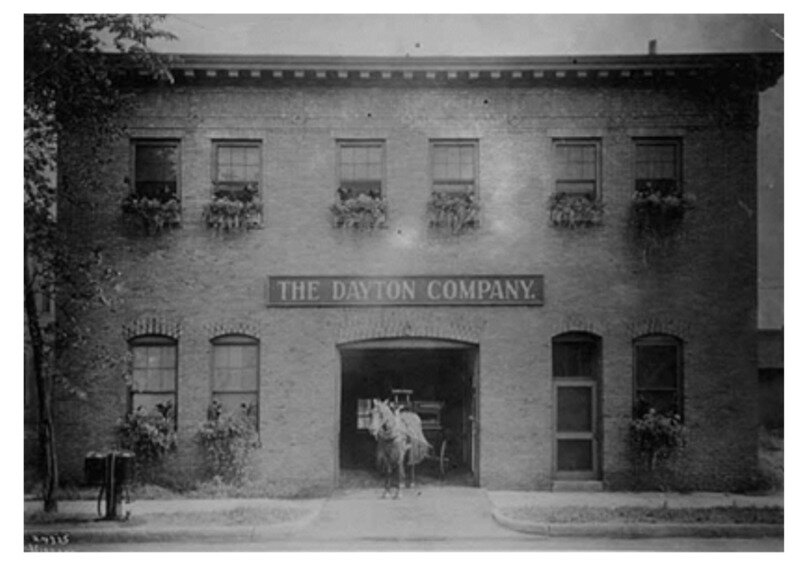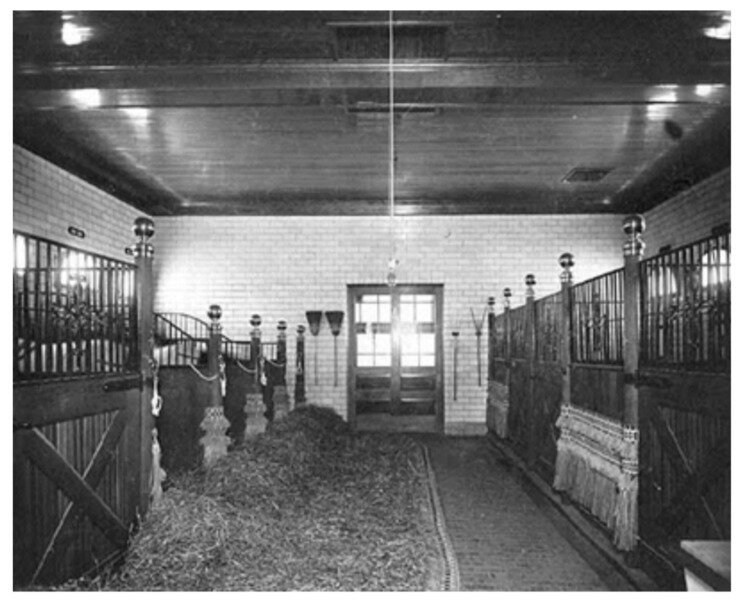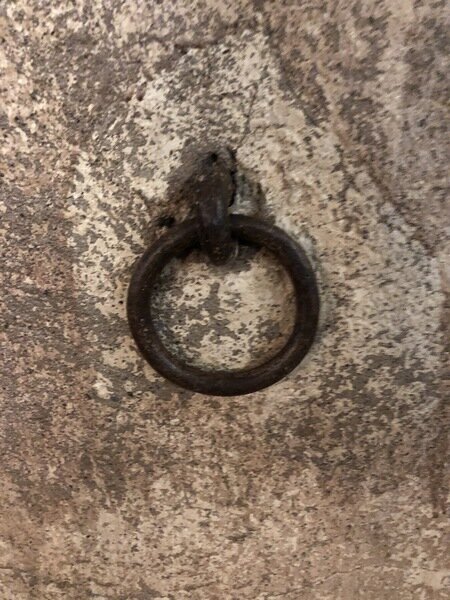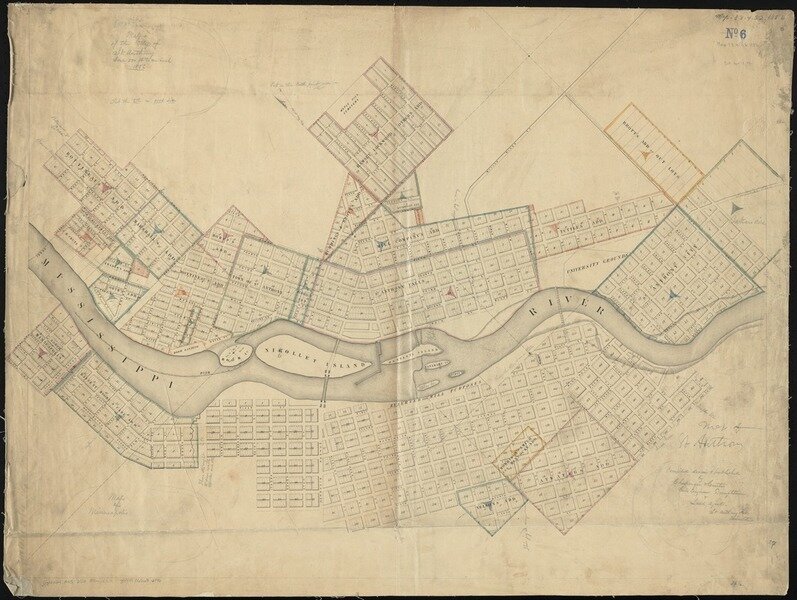



Dick Veterinary Clinic
One very important early immigrant to Northeast Minneapolis (and especially to us at FOOD BUILDING) was twelve-year-old John Siegbert Dick, who came here from Germany in the late 1800s. He grew up to become Dr. John Siegbert Dick, the only veterinarian in Northeast Minneapolis from 1892 until 1913, when his son joined the practice. Dr. Dick specialized in treating horses that served as the major form of transportation for the milling and brewing industries in Northeast Minneapolis. The building where he treated them, the Dick Veterinary Clinic, is today the home to Kieran’s Kitchen Northeast and the entrance to FOOD BUILDING.
One block south of FOOD BUILDING stands the historic Grain Belt facility, the former home to the Minneapolis Brewing and Malting Company. The result of a merger of four small brewing companies, the Grain Belt is a complex of seven buildings with castle-like architecture constructed from 1891 to 1910. By 1900, the company was producing more than 500,000 barrels of beer per year. Just imagine this block more than a century ago, bustling with activity and driven by horses hauling carts full of grain or beer, with a veterinarian conveniently only a block away.
Dr. Dick Sr., and then his son, ran the Dick Veterinary Clinic for more than 30 years until it closed in 1925 as trucks began to replace horses as the major form of transportation. The 1930 maps for this area list the former clinic as an automobile garage with repair on the second floor. The Minneapolis Brewing and Malting Company also closed during this time as a result of prohibition, but did reopen in 1933 and operated for forty more years until the business moved to St. Louis.
With the goal of transforming the space into a modern food hub, Kieran Folliard bought the building (at that time abandoned) in 2013. During the renovation process, his team decided to keep some elements of the old interior to create a bridge between the building's history and future. The hitching posts and horse hooks still on our walls call back to the turn of the century, when Northeast Minneapolis was fueled by industrial growth.
